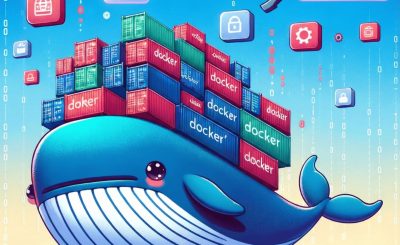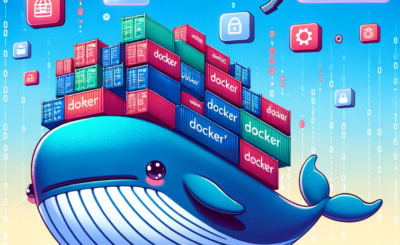Table of Contents
Introduction
Comprehensive Tutorial: Building and Running Containerizing Python Applications with Docker Containers. As more developers adopt container technology for its flexibility and scalability, Docker continues to be a favorite among them, especially for Python applications. This guide will walk you through the process of containerizing a Python application using Docker, detailing every step to ensure you have a fully operational Dockerized application by the end.
What You Need Before Starting
To follow this tutorial, you need to have the following installed on your system:
- Python (3.x recommended)
- Docker
- A text editor or an Integrated Development Environment (IDE) such as Visual Studio Code.
You can download Python from python.org and Docker from Docker’s official website. Ensure both are properly installed by running python –version and docker –version in your terminal.
Step-by-Step Instructions Containerizing Python Applications with Docker
Setting up Your Python Environment
First, create a new directory for your project and navigate into it:
mkdir my-python-app
cd my-python-appCreate a new Python virtual environment and activate it:
python -m venv venv
source venv/bin/activate # On Windows use venv\Scripts\activateNext, create a requirements.txt file to list your Python dependencies, for example:
flask==1.1.2Install the dependencies using pip:
pip install -r requirements.txtCreating Your First Dockerfile
Create a file named Dockerfile in your project directory and open it in your text editor. Add the following content to define the Docker environment:
# Use an official Python runtime as a parent image
FROM python:3.8-slim
# Set the working directory in the container
WORKDIR /app
# Copy the current directory contents into the container at /app
COPY . /app
# Install any needed packages specified in requirements.txt
RUN pip install --trusted-host pypi.python.org -r requirements.txt
# Make port 80 available to the world outside this container
EXPOSE 80
# Define environment variable
ENV NAME World
# Run app.py when the container launches
CMD ["python", "app.py"]This Dockerfile starts with a base image, copies your application into the container, installs dependencies, and sets the default command to run your application.
Building Your Docker Image
Build your Docker image using the following command:
docker build -t my-python-app .This command builds the Docker image, tagging it as my-python-app.
Running Your Python Application in a Docker Container
Run your application in a Docker container:
docker run -p 4000:80 my-python-appThis tells Docker to run your application mapping port 80 in the container to port 4000 on your host.

Conclusion
You now have a Python application running inside a Docker container, encapsulated and isolated from your host environment. This setup enhances your application’s portability and lays a solid foundation for deploying to production environments.
Resources and Further Reading
For more advanced Docker functionalities, consider exploring Docker Compose, Docker Swarm, and Kubernetes for orchestrating containers in production environments. Websites like Docker’s official documentation provide a wealth of information for further exploration. Thank you for reading the DevopsRoles page!

